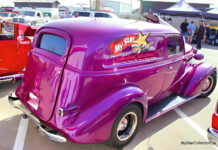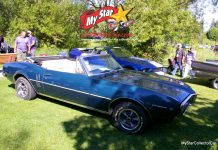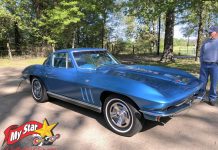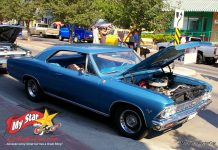One of our recent articles discussed the use of fender skirts on cars and we showcased five examples of vehicles that benefited from them in terms of overall appeal.
We presented our basic belief regarding freedom of choice in the car hobby and how ownership has its privileges, including the notion that a car guy’s vehicle is his property, and he gets to make every decision about it.
MyStarCollectorCar cautioned our readers about the use of fender skirts and listed five examples of cars that we believe benefited from skirts in terms of aesthetic appeal.
However, we also believe not every car looks good with a set of fender skirts on its aft section and want to reveal our choices for cars that do not win beauty contests with them.
Jim Sutherland

The first cars on our list are the 1954-57 Buick Roadmaster models. The Buicks built during this era have a full rear wheel radius that follows the body lines on the cars and is part of their overall cool style. It was an intentional choice by the Buick designers-and they got it very right in our opinion here at MyStarCollectorCar.

Fender skirts on 1954-57 Buick Roadmasters hide their full rear wheel radius and destroy the lines of the cars- again in our opinion.
The second vehicles on our do-not-add-fender-skirts list are Mopar’s B-bodies (e.g. Belvederes, Coronets, and first/second-gen Chargers) built from the early 1960s into the 1970s. The B-Bodies were Chrysler’s intermediate-sized cars and occupied the territory between the big C-bodies (e.g. Imperials and Chrysler New Yorkers) and the compact A-bodies (Valiants and Darts).

MyStarCollectorCar endorsed fender skirts on the C-bodies in our previous article, but we believe the B-bodies are not good candidates because they are shorter, and skirts look like a cheap add-on. It is our belief the overall lines of the mid-sized Mopars are severely compromised by fender skirts and damage the cars’ look in a big way.
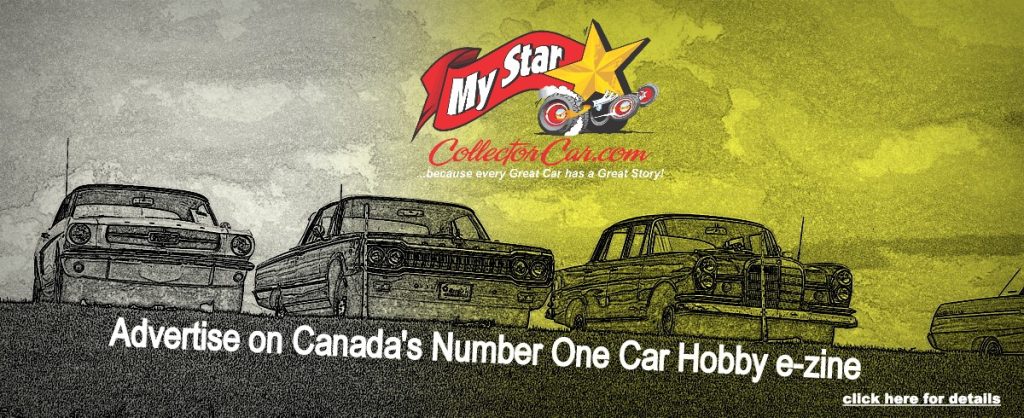
The same problem arises with GM’s A-bodies (intermediate-sized cars) built between 1964 and 1969, an automotive GM group that was best represented by Chevelle. One could argue that a first-gen Chevelle built between 1964 and ’65 was not overly harmed by fender skirts because of its boxy style, but few could argue fender skirts would look very bad on the 1966-69 Chevelles in our opinion.

The sleeker 2nd-gen Chevelles looked fast at a standstill and fender skirts nuke the cars’ style in this department. Think 1966-67 Raquel Welch in a frumpy housecoat and you get the drift.
The fourth addition to our unwanted fender skirt list is Chevy’s legendary Camaro from any generation, but with emphasis on the first-gen GM pony cars. Fender skirts on a Camaro run directly against the grain of these cars in terms of style.

The skirts would make a Camaro stand out in a large crowd of other Camaros, but not in a good way, although it would be a strong indication the car is owned by a maverick car guy who emphatically marches to the beat of his own drum.
The renegade owner theory also applies to our fifth and final addition to our no-skirts list, namely every Mustang ever built by Ford, particularly the street warriors built during the 1960s muscle car wars.

Ford amped up their horsepower game during the late 1960s and Mustangs benefited heavily from the company’s new direction. Mustangs looked fast (and were fast at the time), but they were not good candidates for fender skirts because their overall design was decidedly not skirt friendly.

In fact, fender skirts on a vintage Mustang should be a decision made by an owner with a very thick skin who really does not care what others think about his choice.
As mentioned in both fender skirt articles, freedom of choice is a fundamental component of the car hobby in our opinion here at MyStarCollectorCar. Therefore, owners can fill their boots (or rear wheel wells) when it comes to their decisions about fender skirts.
Nevertheless, we don’t automatically have to agree with their choices.
Jim Sutherland
BY: Jim Sutherland
Jim Sutherland is a veteran automotive writer whose work has been published by many major print and online publications. The list includes Calgary Herald, The Truth About Cars, Red Deer Advocate, RPM Magazine, Edmonton Journal, Montreal Gazette, Windsor Star, Vancouver Province, and Post Media Wheels Section.
- CLICK HERE to Sign Up for the Newsletter
- CLICK HERE to Like us on Facebook
- CLICK HERE to Follow us on Twitter
- CLICK HERE to Follow us on Pinterest








